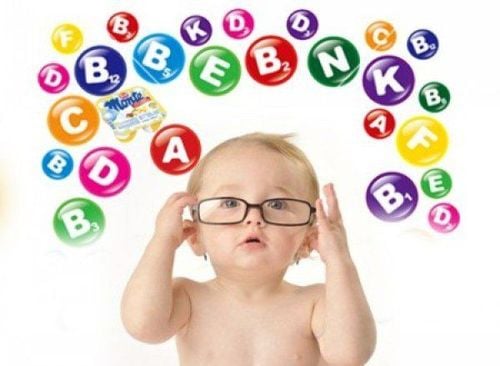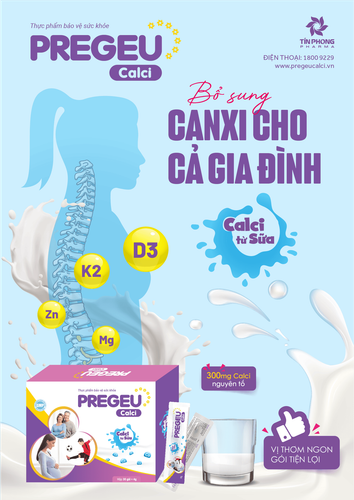This is an automatically translated article.
The article was professionally consulted by Dr. Le Thu Phuong - Department of Pediatrics - Neonatology - Vinmec Hai Phong International General Hospital.1. Brain size of 5-8 year olds
Most of the brain's nerve cell system (also called neurons) is formed during the first few years after birth. At birth, a baby's brain is only about a quarter of its size as an adult. By the age of 2, a baby's brain will be about three-quarters the size of an adult brain. And the brains of 5-year-olds can already approach adult brains in both their size and mass. Of course, this does not mean that a 5-year-old can know everything and understand everything that adults can know and understand. The factor mentioned here to indicate this difference is life experience.The implication of this development is that the structures of the brain involved in learning, memory, motor control and all other brain functions are already established in the child by the time he turns 5 years old. These connections are called synapses and they are the basis of all movements, thoughts, consciousness, memories and emotions that a normal person can have.
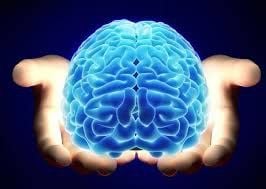
2. Encourage 5-8 year olds brain development
No two brains are exactly alike, even with fraternal twins, even identical twins. The fact that connections are made between neurons in the brain depends on how the brain is used or on the variety and richness of the circumstances in which the child's brain is exposed or partly. That comes from genetics.During the first year of every child's life, when the important emotional components of the brain are being formed, a safe, stable and predictable environment is of the utmost importance, including impacts and needs are met in a timely manner. In addition, the key to the development of the brain in the first 3 years is to talk regularly, play with people around and have a diverse living, living and learning environment, stimulating the brain. Development comes with well-balanced rest periods so the brain can reshape and reorganize itself. These seemingly simple things are very important in creating a premise for the child's learning as well as the development of thinking later.
3. Form strong connectivity
It is surprising that the brain of a 2-year-old child has trillions of connections, twice what an adult can have. The brain develops connections in response to all kinds of information it receives in order to process and be able to adapt and survive. Over time, certain connections are used over and over again while others are forgotten and never noticed by the brain again. This process occurs in a completely normal way and is what scientists call “neural pruning”. This explains why a child can easily learn the exact tone and pronunciation of a given language from a very young age. However, if the brain is not exposed to that language on a regular basis, certain synapses will fail and the brain can no longer hear, understand or form certain responses to this language. easier way.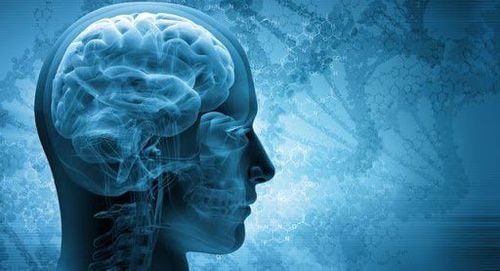
Although most brain development takes place during the first 3 years after birth, in the following years, the brain continues to nurture the ability of nerve cells to function vigorously. That stimulates and makes children, especially those between the ages of 3 and 6, learn very quickly, not only learning the basic knowledge at that age, but also understanding the rules of society. , complicated names of certain animals or even dinosaurs, how to play sports and games, instructions for doing some work, creativity....
However, The brain's areas of impulse control and judgment did not develop in sync with other capacities. They usually develop later in the school years and are not fully matured until after adolescence.
Learning is a lifelong process. During the school years, the brain works together with the body to focus on the development of certain types of learning. For example, while language-related synapses in the brain develop primarily during the first three years, learning to speak and understand new languages continues throughout the later school years. , especially when they're 10 years old. In addition, basic motor skills will continue to develop until the child is 12 years old.
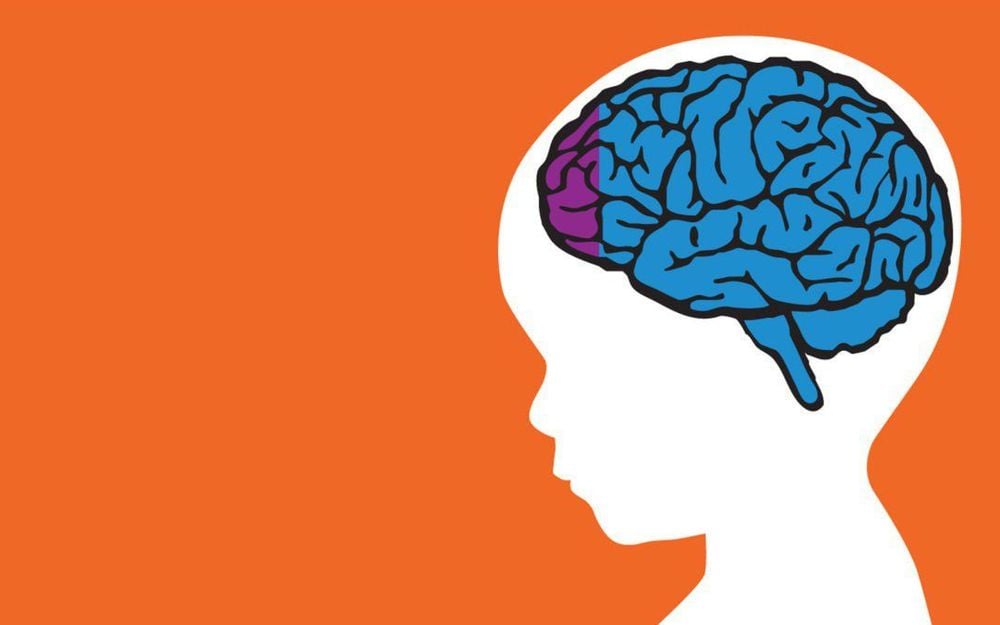
4. Support the brain development of children 5-8 years old
In Western society, parents put a lot of heart into the moment a child reaches a certain milestone in relation to peers. Many parents will feel proud of the small achievement milestones that the child is gradually achieving, such as sitting on the potty by himself, knowing how to read by the age of 4, etc. Usually, a smart child will know. read earlier than the average child and they also enjoy reading more than other children. However, that does not mean that a child who can read more slowly is not good. Sometimes they form exceptionally good language skills that we call “innate”. Think of it as a tremendous intellectual development.While achieving at some stages earlier than others can make many parents proud, our focus should not be on trying to help our child “get ahead of the curve.” ' peers in certain fields. Instead, young parents should focus on encouraging children to form and accumulate skills horizontally at certain ages. The body, including the brain, is part of a complex system. Internal input (such as a heartbeat) and external input (such as a stranger's smile) are processed by two different hemispheres of the brain, the left hemisphere and the right hemisphere. and through 3 different levels: hindbrain, midbrain and front brain.
The baby's brain has the ability to direct and program all the development that takes place both inside and outside the body. Thanks to some advances in neuroscience as well as the application of modern equipment, scientists or experts can actually see the picture or even the mechanism of action of one of the brains. The most important part of the body - the brain. Children from 5-8 years old are a new stage in the learning process. The brain at this stage has prepared enough materials to help children have the ability to absorb and learn in the best way.
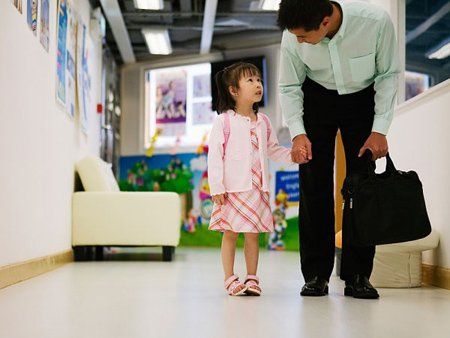
With a system of facilities, modern medical equipment, sterile space, minimizing the impact as well as the risk of disease spread, Vinmec will bring satisfaction to customers and receive benefits from customers. Highly appreciated by industry experts with:
Gathering a team of leading doctors and doctors in Pediatrics: Including leading experts with high professional qualifications (professor, associate professor, doctorate, master) , rich experience, worked at big hospitals like Bach Mai, 108.. The doctors are well-trained, professional, have a heart - reach, understand young psychology. In addition to domestic pediatric specialists, the Department of Pediatrics also has the participation of foreign experts (Japan, Singapore, Australia, USA) who are always pioneers in applying the latest and most effective treatment regimens. . Comprehensive services: In the field of Pediatrics, Vinmec provides a series of continuous medical examination and treatment services from Newborn to Pediatric and Vaccine,... according to international standards to help parents take care of their baby's health from birth to childhood. Advanced techniques: Vinmec has successfully deployed many specialized techniques to make the treatment of difficult diseases in pediatrics more effective: neurosurgery - skull, stem cell transplant blood in cancer treatment. Professional care: In addition to understanding children's psychology, Vinmec also pays special attention to the children's play space, helping them to play comfortably and get used to the hospital's environment, cooperate in treatment, improve the efficiency of medical treatment.
Please dial HOTLINE for more information or register for an appointment HERE. Download MyVinmec app to make appointments faster and to manage your bookings easily.
References: babycenter.com, medium.com/@galynburke, mentalcentral.com




